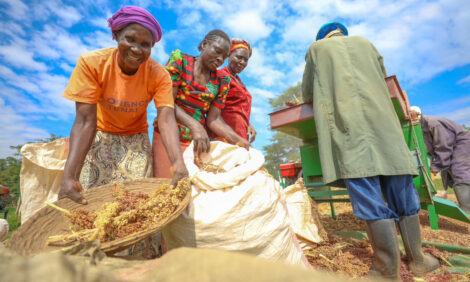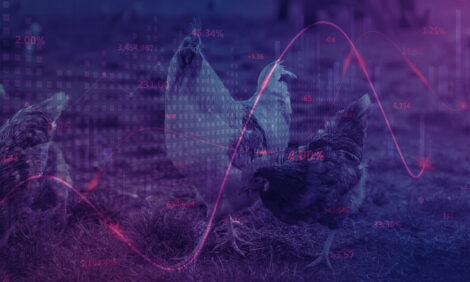



Cloacal feather trimming in breeder males
Cloacal feather trimming can improve reproductive parametersBrazil is a leader in table egg production with approximately 1.4 million layer breeders to support its production chain. Although genetics have improved reproductive traits more in layer breeders than in broiler breeders, male aging is still a critical element in the production of fertile eggs and hatch rate.
Eder O. Barbosa, Mercoaves, Brazil, and colleagues at Mercoaves, Aviagen America Latina and São Paulo University, Brazil, assessed the effects of male cloacal feather trimming on the reproductive parameters of a commercial flock with natural mating. The results of the study were presented at the 2025 International Poultry Scientific Forum.
A breeding house accommodating 11,238 females and 1,230 males (Bovans White parent stock) was divided into 6 boxes, in which 3 had roosters subjected to monthly cloacal feather trimming and 3 boxes contained intact roosters. The trimmed and intact boxes were interspersed in the house. From 35-77 weeks of age, 2,880 eggs from each group were collected every 40 days, marked and placed back with the rest of the eggs to undergo the company’s standard procedures regarding handling, storage, transportation and incubation procedures: both on the farm and in the hatchery. Afterwards, unhatched eggs from the two groups were subjected to embryo diagnosis.
Aging had an impact on all the parameters evaluated. Cloacal feather trimming reduced infertility and embryonic mortality (0-4 days), improving the hatch rate and hatchability. Interactions between cloacal feather trimming and age were observed for infertility and embryonic mortality (0-4 days). From 41 to 77 weeks of age, infertility in the cloacal feather trimmed group decreased between 1.14% and 3.26% in relation to the control group. The hatch rate increased between 2.63% and 4.27% in the cloacal feather trimmed group.
These findings indicate that a simple management practice such as cloacal feather trimming in males can significantly benefit the production of breeder flocks and can be applied to the routine practices of parent, grandparent and great grandparent stock farms.









